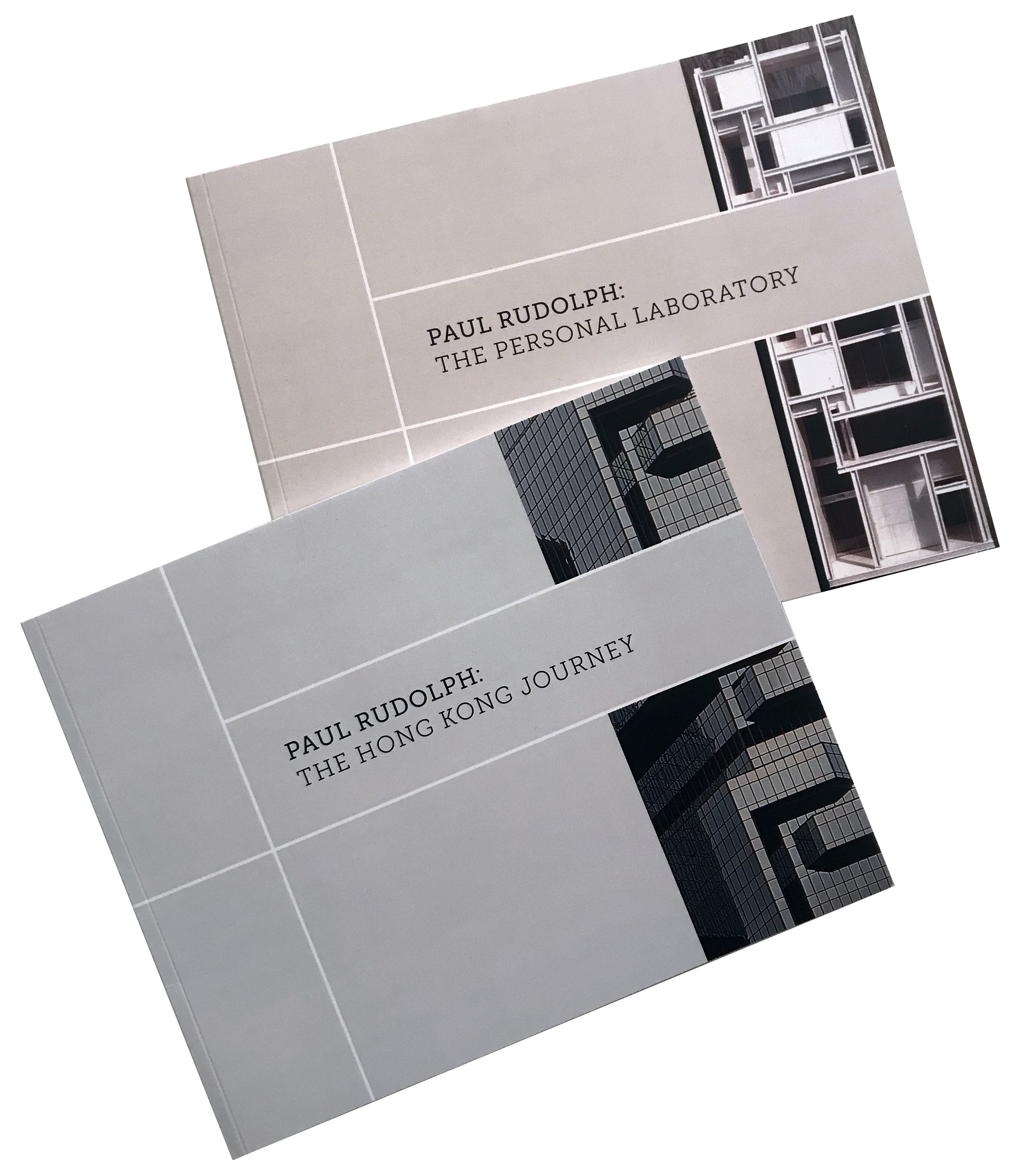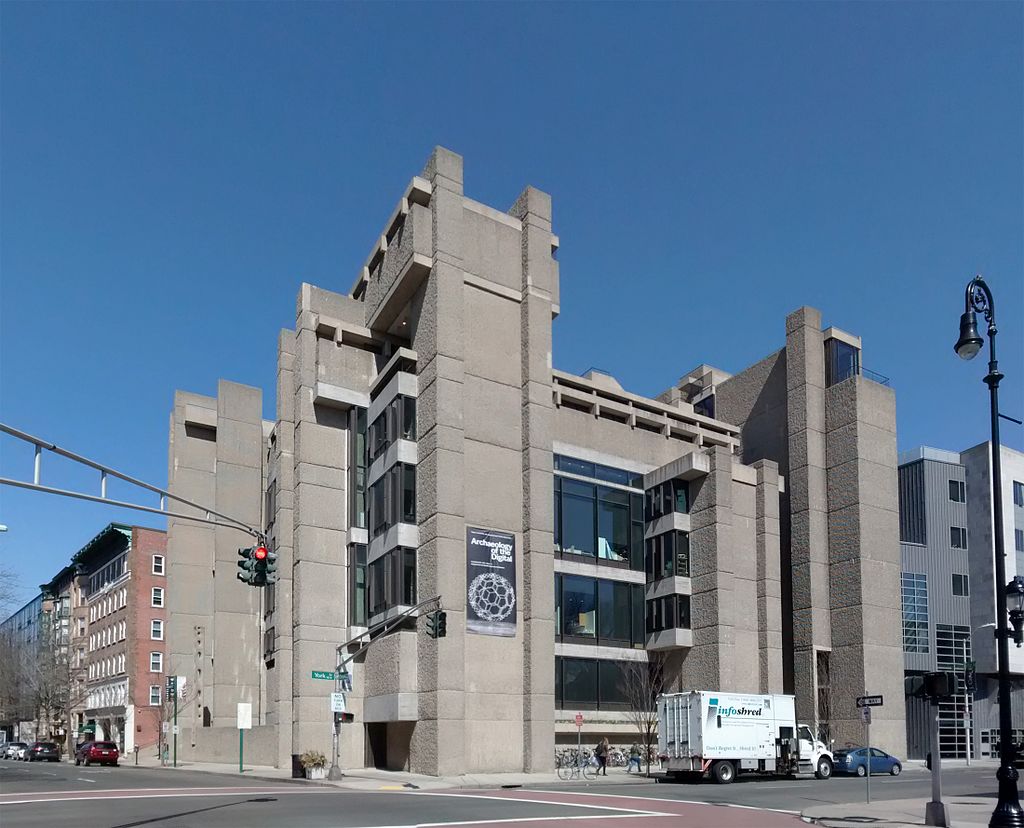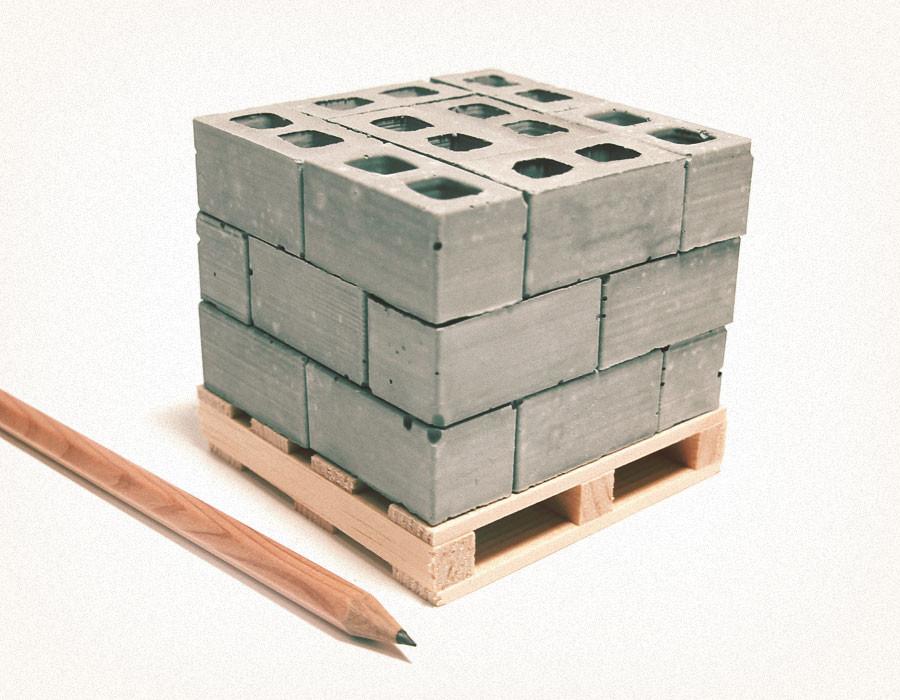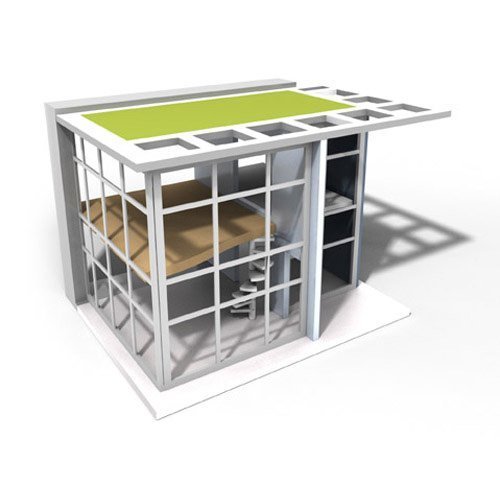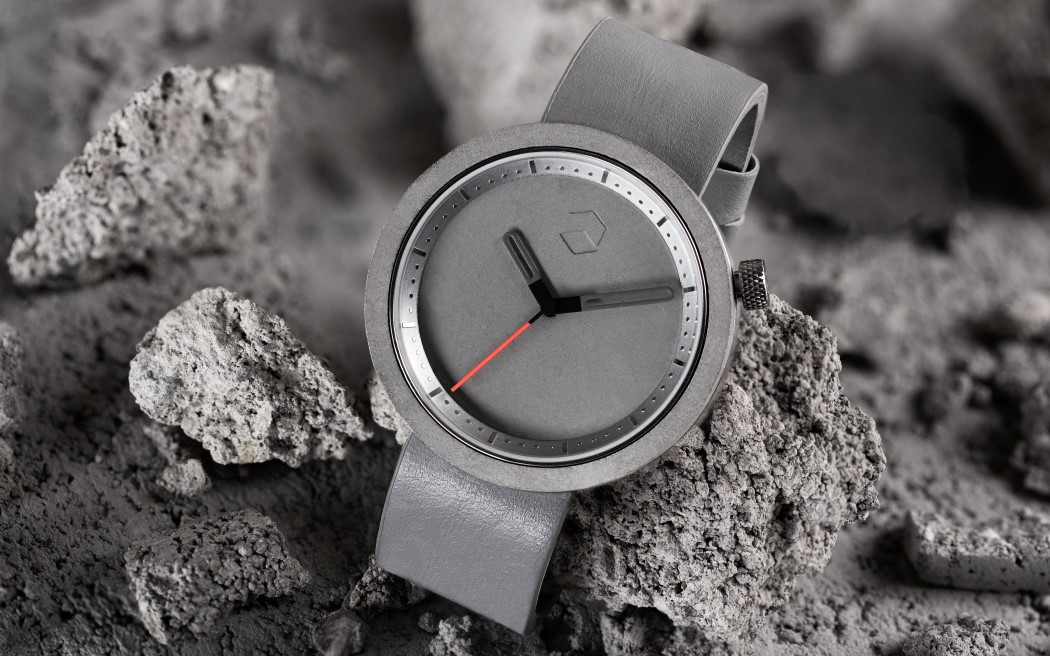Even the counterweights at Paul Rudolph’s Walker Guest House seem to have the festive, holiday spirit! Glory Curtis Williams took this intriguing detail photograph of the replica of the building, when it was on display during the 2019 Palm Springs Modernism Week.
Philip Johnson—a long-time friend of Rudolph—most famous work is his own home: the Glass House. Even this building—a work of architecture of world-wide renown—has become “giftable” in the form of this snow globe, offered by National Trust for Historic Preservation.
With the arrival of the Holiday Season, our thoughts turn to gifts. For the very young, it’s the the anticipation of receiving them—but for the rest of us, the focus (and sometimes agony) is on search, selection, and shopping for presents that are simultaneously available, affordable, and appropriate—and, we hope, something that’s un-anticipated: a real and pleasurable surprise.
How hard can that be? Very—if the intended recipient is a design-savvy architect or fan of architecture. They’re probably already aware of most of the design/building-themed books, accessories, and “lifestyle” tools. But help is available…
That assistance is in the form of the gift guides. Published annually, this proliferating phenomenon proffers guides for almost every interest, from those who obsessed with cooking -to- those who (like in our group) are aficionados of concrete. More than ever, one can find annually-issued gift guides for architects—and this year, so far, we’ve encountered at least four that are abundant with attractive ideas:
“Concrete After Lightning”—a concrete-scented candle to light up the holidays.
ARCHITECT MAGAZINE
Architect is the official journal of the American Institute of Architects, and they have issued their “Gift Guide 2020”
It offers numerous choices, and included is a shirt which highlights the contributions of women in architecture, a set of modular lights that pulsate with different colors, Lamy’s Safari fountain pen (always a favorite among designers), the beautiful series of Ruth Asawa stamps issued by the United States Postal Service, and some colorful bowls made from recycled skateboards.
The items that will no doubt delight Rudolphians most are a concrete-scented candle made by D.S. & Durga; and the two cleverly shaped, architecturally-themed concrete planters from Rosenwood Studio.
Borson’s list of “essential” books includes monographs on Corb, Scarpa, Lutyens, and Saarinen, several volumes by Frank D. K. Ching, and key works by Christopher Alexander and on Dieter Rams.
LIFE OF AN ARCHITECT
Bob Borsons’s always interesting blog (in which he shares about the realities of the profession) has an established track record for issuing annual gift guides—ones in which he is quite articulate about what would make each suggested gift meaningful and useful.
This year, his “Holiday Gift Guide For Architects” is his 11th such entry. It has some of the things that one might already have guessed could be included (like an Aalto vase or the Vignelli wall calendar—both staples in the homes and offices of the tasteful demographic), and something delightfully outrageous: a $55,000 utility vehicle. Best for this year, he gives us a selection of 40 books—and what makes that book list distinctive is that they’re volumes which are in his own personal collection. Borson tells us that he’s been building up his library for decades—and these are the books which he personally recommends as “essentials”.
The Architray, which can hold pens, pencils, and other such items—and makes them easily accessible.
ARCHITECTURE LAB MAGAZINE
Their list, “47 of the Best Gifts for Architects in 2020,” has a large number of Alessi products—particularly ones designed by Zaha Hadid. Her centerpiece, composed of 5 repositionable parts, captures the adventurous form-making of that architect—as does another Alessi suggestion: a rattan centerpiece by the Campana brothers.
The other kind of gift which is prominent in this list are various types of “blocks” construction sets: not just Lego (though they are included), but also two different ones in the Blockitecture series, as well as a house from Wise Elk (which is composed of parts made from real plaster and ceramic.) Concrete-o-philes will appreciate the “Brutalist Concrete Architray” which was designed by 7thFl Studio.
The “My Little Architect” set, with it’s colorful and flexible system, might well intrigue all age groups.
GIFTHEM
Gifthem is a site that specializes in creating gift lists for different professions and interests—a practical and useful service. Thus they have lists for almost any domain of practice or interest, including Judges, Dentists, Basketball Enthusiasts, Minecraft Fans, Barbers, Quilters, Doctors…—and yes, Architects. This year’s list starts by acknowledging that “…architects are too picky and investigative in everything due to the nature of their field so finding the gifts for architects is a bit tricky”—and one will not find a more honest assessment of the situation!
They do come up with some unique suggestions, like a pair of socks whose pattern suggests avantgarde architectural plans from Italy in the 1960’s, a wallet whose exterior faces are printed with a residential floor plan, frameable prints that show patent drawings for traditional drafting tools, and—for the younger members of the profession—a “My Little Architect” building set, composed of colorful, transparent plastic tiles which assemble via a clever system of magnets.
The Paul Rudolph Heritage Foundation includes a “SHOP” page on it’s website—which is useful year-round, but especially for the holiday shopper.
A BETTER CHOICE: GIVE RUDOLPH tHIS HOLIDAY!
With all the suggestions contained in the above gift guides, one might think that the possibilities have been exhausted. True, a number of the choices in those lists include items that are cleverly made of concrete—and whose interest, in part, rely on the power of surprise, as such objects rarely use that herculean material.
But if the person you’re shopping for has tastes and interests which lean in the direction of the work of Paul Rudolph, there are gifts which are more focused on him—his life and career—and the great body of work he created.
The Paul Rudolph Heritage Foundation’s website has a “SHOP” page, which offers a variety of items which will illuminate the vast range of creation that emerged from Rudolph’s innovative and prolific career. During his half-century of practice, he was engaged in architecture, interior design, product design, furniture design, lighting design, education, issues of urbanism, mentorship, and the invention of systems of construction. Rudolph—for those who look into the prodigious number of projects he took on—is an endless resource of interest and inspiration.
The books, offered through our SHOP page, highlight and investigate his many contributions. Here are four studies which are prime sources for leaning about Rudolph’s multiple talents and accomplishments.
Celebrating Rudolph’s 100th birthday, this pair of catalogs are the official publication of the centennial exhibitions: “Paul Rudolph: The Personal Laboratory” -and- “Paul Rudolph: The Hong Kong Journey.” The former exhibit looked at how Rudolph used his own residences as places for experimentation with space, materials, and light—truly as “laboratories” of design. Though Rudolph was based in the US, he was called upon by clients in Asia to design a variety of projects, both commercial and residential. In the latter exhibit there was a focus on Rudolph’s work in Hong Kong, with an emphasis on the Bond Centre: the double-skyscraper towers which he designed, that are prominent on the Hong Kong’s skyline. The set of catalogs are available HERE.
Paul Rudolph’s creative & prolific half-century career extended to nearly the end of the 20th century—and this book focuses on the work from the latter part of his oeuvre. It includes: buildings for many parts of the US, fascinating ambitious projects for Asia, the Modulightor Building (the headquarters for the lighting business which he co-founded, and whose lines of light fixtures he designed), and the design of his own intriguing residence (his “Quadruplex” penthouse on Beekman Place in New York City). Hand-picked by Rudolph himself, the 27 projects profiled in Roberto de Alba’s book are shown through a broad selection of drawings, sketches, photographs, plans, and perspective views. The book includes illuminating introductory texts by Roberto De Alba, Mildred F. Schmertz, and Robert Bruegmann; as well as a fascinating in-depth interview with Rudolph by Peter Blake. It is available HERE.
On of Paul Rudolph’s most interesting later projects is the “Quadruplex” penthouse which he built for himself in New York City, with dramatic views of the East River. That residence was the cover story of this issue of “FDR: The FLORIDA DESIGN REVIEW”, and the article included the most complete photographic documentation ever published of the rich set of spaces within that project. Copies of this rare publication are available HERE.
Moleskine, in collaboration with Princeton Architectural Press, has brought out a series of books focusing on the drawings and sketches of innovative designers—-including this volume on Paul Rudolph. It features an insightful introduction by John Morris Dixon. It is available HERE.
OTHER GIFT BOOKS FROM oUR SHOP
While the monographs on Rudolph, above, are exceptional gifts, also available through the SHOP page are several other works of profound interest. These studies are impressive in the depth of their research, and stimulating in their insights and revelations.
R.D. Chin is an architect who worked for Paul Rudolph, and knew him well. Mr. Chin’s career has included working on numerous building types—and he then trained to become a Feng Shui master (whose practice includes consulting on a variety of architectural projects.) In this well-illustrated and colorful volume, he shares the wisdom of that system, and how it can be applied to the practical challenges of architecture and interior design. It is available HERE.
Beatriz Colomina explores the enormous impact of medical discourse and imaging technologies on the formation, representation and reception of twentieth-century architecture. It challenges the normal understanding of modern architecture by proposing that it was shaped by the dominant medical obsessions of its time—and traces the psychopathologies of 20th century architecture, suggesting that if we want to talk about the state of architecture today, we should look to the dominant obsessions with illness and the latest techniques of imaging the body. It is available HERE.
Caroline Rob Zaleski’s “Long Island Modernism 1930-1980” belongs in the library of anyone interested in the history of Modernism in America. It has eye-opening archival photographs and surprising discoveries about pioneering architecture by visionary architects, such as Rudolph, Breuer, Wallace Harrison, Wright, and Albert Frey with A. Laurence Kocher. The Architects Newspaper praised It, saying: “Zaleski rises to the occasion, as architectural writers so often don’t, when pressed into play to give social context to builders and their buildings.” It is available HERE.















